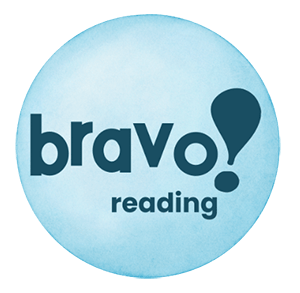Make Decoding Words Easy For Kids With Dyslexia!
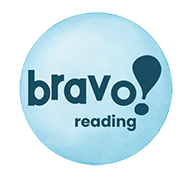
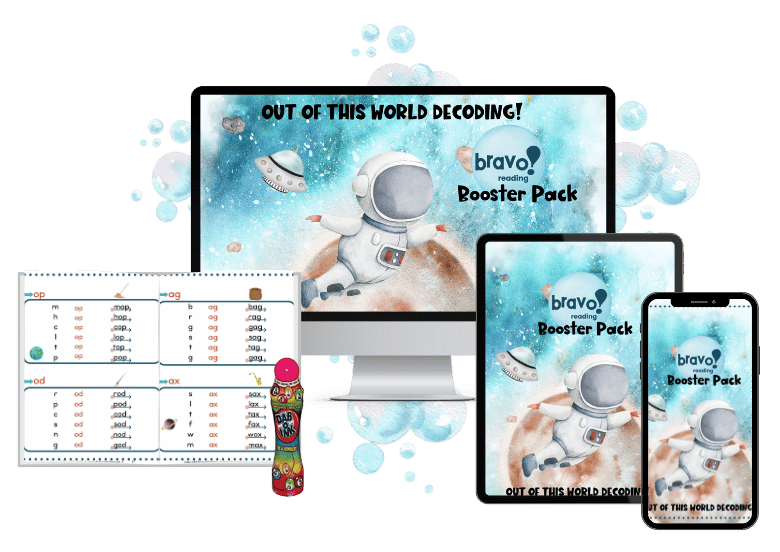
Decoding words. It should be easy, automatic.
Not feeling like a lifetime to sound out a word.
Decoding words should never feel painful!
And most of all, it shouldn’t cause deep embarrassment. Especially when reading out loud in front of the class.
If your child stammers while reading out loud, guesses at words, or struggles to understand what was read, then decoding skills are probably weak!
Kids with dyslexia usually struggle to decode words. The process itself is foreign to them.
As a matter of fact, it’s like asking them to read in a different language. Maybe French or German or Chinese! But they only speak English.
Can you imagine how hard that would be?
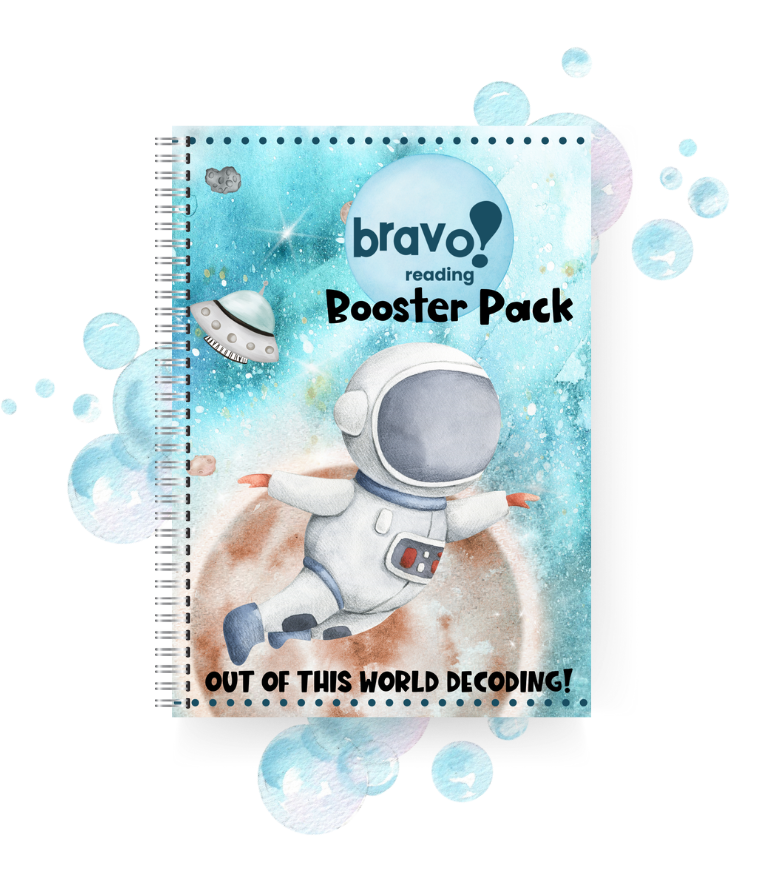
Decoding is the ability to sound out words. To start decoding words, your child must have automatic knowledge of all letter sounds, including vowels. Also, your child must be able to blend letter sounds together to form words.
This is usually easy enough! But if your child has dyslexia, it seems impossible. That’s because most kids with dyslexia are taught with traditional programs that don’t speak their “learning language”.
Kids with dyslexia, need a reading system that teaches them to decode words because they have poor reading strategies, are weak in visual and auditory processing skills, and need to move to learn.

Mastering The Skill: Decoding Words
Children with dyslexia learn differently than their peers. That doesn’t mean these kids aren’t smart! One of the symptoms of dyslexia is average or above average intelligence. It simply means these kids need different types of instruction to help them understand information.

Most kids with dyslexia are hands-on or tactile learners. This means they learn by doing, not seeing or hearing. Consequently, kids with dyslexia desperately need to move to learn to decode words.
Yet most traditional reading and decoding programs use hearing and seeing as the main teaching modes.
This won’t work for the child with dyslexia! The dots simply won’t connect.
Start The Ball Rolling With Decoding Words And Confidence Soars!
Kids with dyslexia make excellent reading progress…with the right teaching methods. Research tells us that kids with dyslexia do best with an Orton-Gillingham based decoding program. They also need multi-sensory methods of learning as well a strong sense of phonemic awareness.

Yet most traditional reading programs fail to give the dyslexic child these hands-on lessons on how to decode words.
Did you know that one in five has dyslexia? That’s a lot of kids struggling to read in any given classroom. If kids with dyslexia had the right reading and decoding program from the start, then they wouldn’t have to face horrific reading challenges!
In addition, if your child has dyslexia, most likely you’ve heard a lot of words misread. As a result, you’ve probably encouraged your child to read more, to work harder.
You might have bought some flashcards that promised to help or purchased some phonics sheets. Unfortunately, this “cheer leading” doesn’t work. That’s because the wrong materials are being used…the wrong learning language spoken.
If the right materials that teach your child the proper ways for decoding words is used from the start, your child can learn to read much sooner.

Decoding Words Should Be Easy!
When your child is given the wrong reading program to use, it’s like being forced to speak in a foreign language! Kids with dyslexia just don’t learn decoding words and other reading skills with traditional methods.

Having them circle pictures and matching sounds doesn’t work. Flashcards leave them confused and frustrated. Comprehension questions seem impossible because they’re missing crucial decoding skills and end up guessing at words instead of sounding them out.
But give these kids movement when teaching decoding words, and you’ll find a smile on their faces while they connect the “reading” dots. Talk to them in their “learning language”, and skills soar. Stammering stops. Fluency rises. Comprehension is easy.
As a result, if you give them a predictable way of decoding words that’s based on phonemic awareness, and kids with dyslexia will soar.
How Bad Habits Reading Habits Make Your Child Desperate
If you give kids with dyslexia the wrong method of learning, then desperation sets in. Your child will guess at words, and this directly affects reading comprehension and fluency. There are three main bad habits that kids with dyslexia engage in, and they are coined the Three Pillars of Poor Reading.
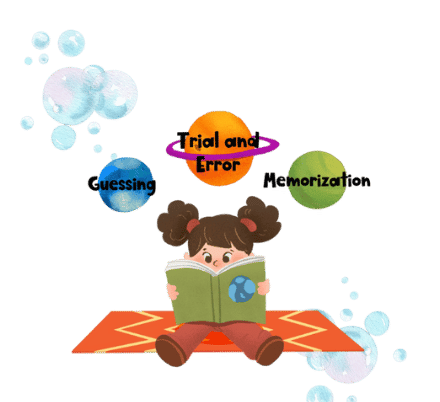
Because of these bad reading habits, kids with dyslexia often take wild guesses at words instead of decoding words. They usually start strong, sounding out the first two or three letters of a word. But then panic sets in. Or they become fatigued. The next letters seem daunting. A wild guess is made.
The problem with guessing at words is that the guess is usually incorrect. Consequently, this changes the meaning of the text, so comprehension questions are missed. Tests aren’t passed. Grades plummet.
Fluency is affected negatively as well. Since your child is reading letters and words incorrectly (guessing), there is a pause for self-correction. This is enough to slow down the reader. Or, teachers stop your child to make a correction. Once again, the flow of learning is affected, and your child must reorient back onto the page and start anew.
Memorization: Not A Great Strategy For Decoding Words
Kids with dyslexia also try to memorize words in another desperate attempt to read new words that pop up. Consequently, this isn’t a dependable method of decoding words, either, as we have over one million words in our language. That’s way too many words to memorize.

Another route kids with dyslexia take when decoding words is trial and error reading. This is where your child randomly encounters successes when reading. The problem arises because your child can’t be sure exactly how decoding success was met.
It’s hard to repeat something when you don’t recognize how it was first achieved! So, with this bad reading habit, your child randomly applies spelling and reading rules to unfamiliar words…whether they work or not!
With a strong decoding program tailored to your child’s learning style, like the Bravo! Reading Program or the Bravo! Booster Pack, these bad habits go by the wayside. The great news that it can take as little as three weeks to see results!

Decoding Words Is The Backbone Of Reading!
Decoding words is the backbone of reading. But it’s heavily dependent on your child’s ability to use phonemes with efficiency.

Phonemes are the small units of sound that make up our language. There are forty-four phonemes in our language. Longer words are simply these smaller units of sound that are built upon with other letter sound combinations. If your child has a strong grasp of phonemic awareness, then multi-syllable words can be read with ease and confidence.
Examples of phonemes are, “am”, “it”, “ux”, “op”, and “ub”.
If your child struggles with decoding words, the first step toward decoding success is to make sure all forty-four phonemes are learned with automaticity. Automaticity is the ability to perform a task without conscious thought. Riding a bike or driving a car are examples of other activities that rely on automaticity to be performed well.Phonemic Awareness Launches Decoding Success
Once your child has a firm grasp of phonemes, it’s time to start building the phonemic unit foundation!

Traditional programs for kids with dyslexia barely touch on this step and rarely teach it to mastery. Even worse, words aren’t laid out in strategic order or decoded by the learner through the use of large motor movements. Print is also small, which only frustrates a child with dyslexia.
Your child needs to learn an array of phonemic units in a logical, predictable way. Kids with dyslexia need predictability because their worlds are often chaotic. They take in visual and auditory stimuli that’s often skewed or distorted. These kids learn differently than their peers, so the entire school system is set up for the other children’s success, not for theirs. This is a quick route to reading failure.
Decoding Words Is Easy When Mixed With Large Motor Movements!
Kids with dyslexia need to learn phonemes with large motor movement. This is one of the most important steps for decoding words. Movement is their jam – their main “learning language”.

That’s because they are usually weak in visual and auditory processing skills, so they depend on learning by “doing”. Since most children with dyslexia are tactile learners, it’s best to teach them through movement – and lots of it.
In addition, kids with dyslexia learn as a “whole” process. They don’t naturally break learning into small bits and pieces, so they need a program that does it for them. These phonemic unit “bases” need to be built upon one step at a time then split into digestible chunks that your child understands. This chunking is how kids with dyslexia learn.
Children with dyslexia get overwhelmed when they see an entire, multi-syllable word. It’s seems like too big of a mountain to even attempt climbing!
But give them three small chunks to decode through movement, and soon they’re reading multi-syllable words like champs!
All You Need To Know About The Bravo! Booster Pack
The Bravo! Booster Pack is a supplemental decoding workbook that shows your child how to master phonemic units! When your child is good at decoding words, reading skills fall into place.

By using movement, color, pictures, “chunking”, an Orton-Gillingham approach to decoding, and a multi-sensory route to reading, kids with dyslexia learn to decode in their “language”, not someone else’s.
Step-by-step, your child masters decoding words through the forty-four basic phonemic units that our language is built on. But the Bravo! Booster Pack takes it several steps further. A true decoding foundation is built as your child “chunks” more and more sound unit pieces onto an original sound units.
This is how multi-syllable word reading is accomplished! Not with traditional methods!

The Bravo! Booster Pack And Decoding Words: The Magic Formula That Works
Soon, bad reading habits go by the wayside because the proper learning language was used from the start. Fluency scores increase because your child knows how to sound out new and unfamiliar words instead of guessing at them.

In Level 1 of the Bravo! Booster, your child masters basic phonemes like “an” and “ip”. These are fairly easy for most kids with dyslexia to figure out, which is great because they are the most important ones of all! Slowly, sounds and syllables are added through movement to build a strong decoding foundation.
When using the Bravo! Booster Pack, your child uses a fat-tipped marker to slide across phonemic units. This a way to master “chunking” skills. In addition, your child says the sound of the phonemic unit out loud at the same time. This is multisensory learning at its finest and helps your child learn that decoding words doesn’t have to be a mystery!

Extra Large Print: The One Ingredient That Kids With Dyslexia Love
In the Bravo! Booster Pack, the print is extra large so your child can focus on chunking, phonemic awareness, and decoding instead of stressing over small letters!
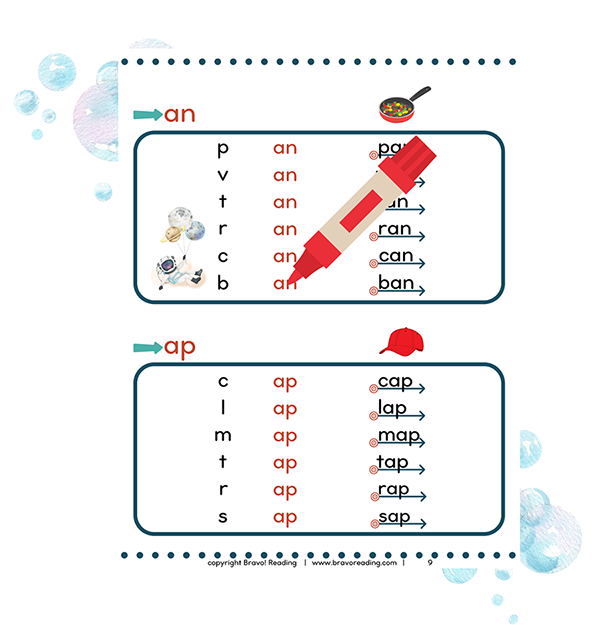
How Little Units Of Sound Make A Gigantic Impact On Reading
In Level 2 of the Bravo! Booster Pack, your child advances to phonemic units like “and” and “ent”. This is where the decoding words and chunking take place in a big way. This sets the stage for sounding out multi-syllable words.
As before, your child uses movement to break the unit into two chunks while saying it out loud at the same time. At the far left, your child says the word out loud while sliding the marker across the Bravo! Bolt at the same time.
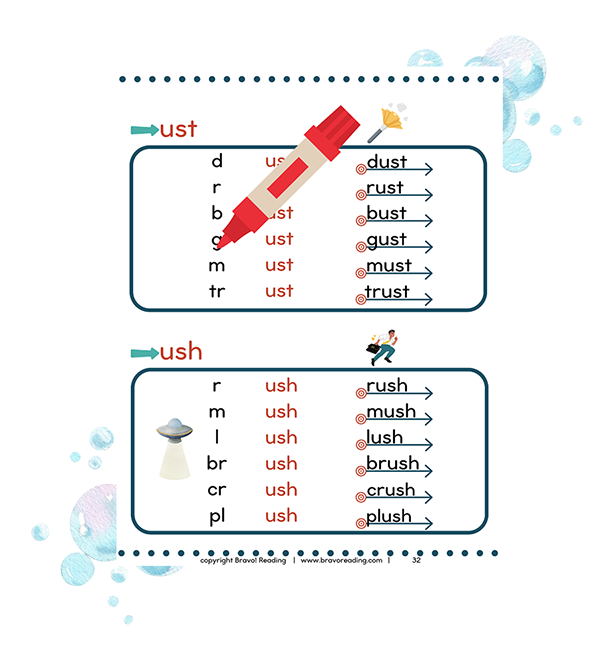
Making It Automatic: How Decoding Words Can Be Easy!
By the time your child reaches Level 3 of the Bravo! Booster Pack, basic phonemes are read with automaticity. That’s what makes decoding words easy!
Now your child is ready to work on long vowel sounds with the tricky silent “e”. This is a type of phonemic unit rarely seen in this way, with movement and chunking still involved in helping your child master this difficult skill.
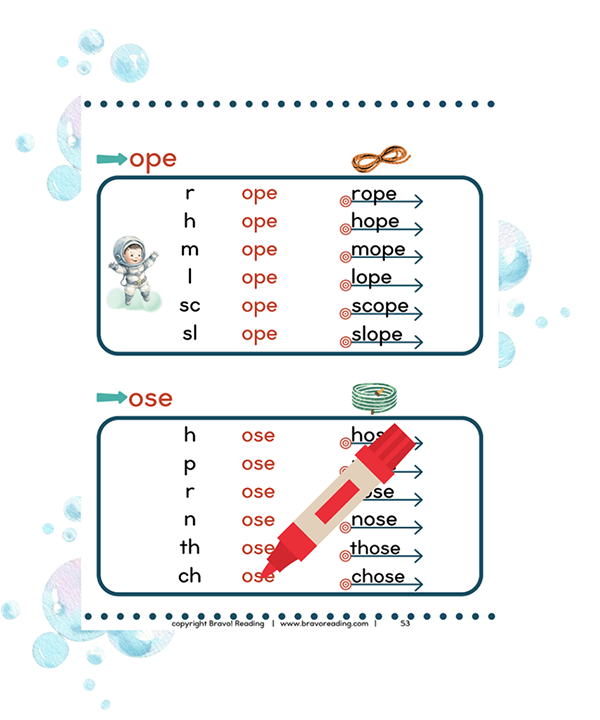
Taming The Reading Beast: How To Decode Variants With Ease
Once long vowels are mastered, your child has a firm grasp on one-syllable and some two-syllable words. By now, decoding words is a fairly easy process.
Now it’s time to introduce variants. Variants are words in our language that don’t follow traditional reading and spelling patterns. Variants are typically difficult for kids with dyslexia. These kids crave predictability and consistency, so these “exceptions to the rules” usually send them reeling.
Level 4 of the Bravo! Booster Pack introduces variants to your child. It’s easy to learn variants with chunking and movement!
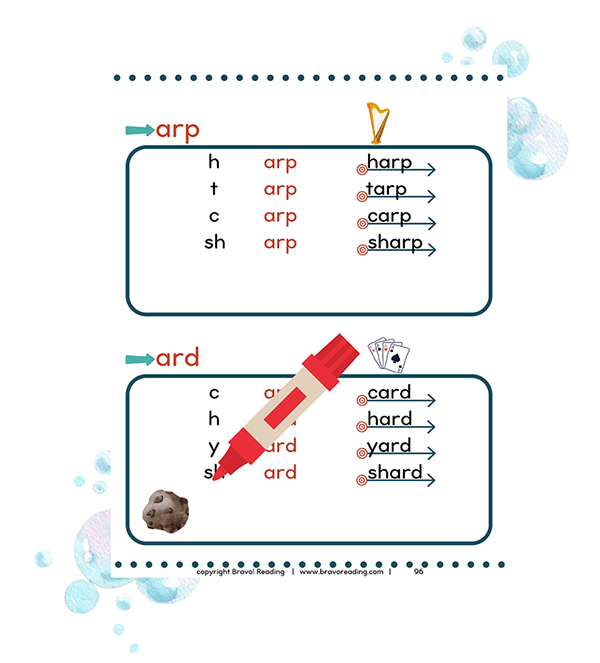

The Reading Monster Tamed: Larger Words Made Easy!
The final level of the Bravo! Booster Pack really helps your child master decoding words, with not only variants but multi-syllable words. As your child slides the marker across phonemic units, saying the sound out loud at the same time, the variants set in. This is the way dyslexic kids learn and by now they are confident decoders!
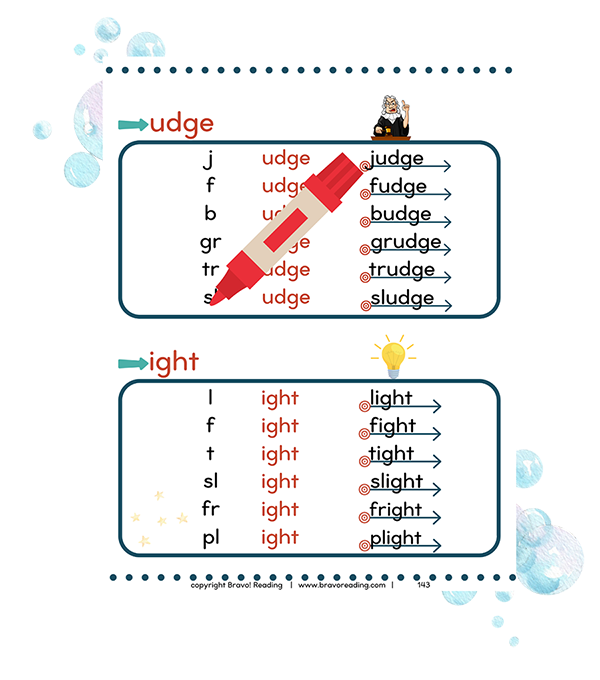
Now You Can Get The Most Thorough Decoding System Available!
The Bravo! Booster Pack is the first in a lineup of Bravo! Reading’s expansion packs. It helps children with dyslexia master decoding words and become strong readers.

All letter sounds need to be known, including all vowels both long and short in order to use this multi-sensory phonemic awareness program. In addition, your child needs to be able blend letter sounds together to form words.
The Bravo! Booster Pack is meant for older kids – those in second grade above.
Your child must know all letter sounds – including long and short vowel sounds – in order to use the Bravo! Booster Pack. If your reader doesn’t know letter sounds with automaticity (automatically), we recommend using the Bravo! Beginner, where brain-based learner makes it a snap.



More Value Comes Your Way In The Bravo! Bundle!
Save money with The Bravo! Bundle. Get the Bravo! Booster Pack within a package deal and make your child’s reading problems disappear!

Get the best decoding and visual activities for dyslexia available!
With The Bravo! Bundle, you’ll get the Bravo! Booster Pack, the Bravo! Beginner, and all of the Bravo! Expansion Packs.
You’ll also get all eleven levels of the Bravo! Reading Program!


The Bravo! Money Back Guarantee
Bravo! Reading knows what it’s like to have a child with dyslexia. After all, Lisa Harp, the founder of Bravo! Reading originally developed this reading program to help her own son who had dyslexia. Within a year, he was an honor student!
Lisa brings this same methods to you so you can help your child. Whether you work with your child, hire a tutor to do so, or have a family member help out, we know the cost of not doing anything.When your child struggles to read, the world is bleak. When reading skills fall into place, a magical world opens up.
We also know the cost of panic decisions, and we know that Bravo! is a confidence decision.
Reading is a serious subject: Bravo! Makes It Fun!

Turning Tears To Sunshine The Bravo! Way
Bravo! Reading knows what it’s like to have tears instead of sunshine, fits instead of smiles. Books thrown aside and Kindles ignored. Bravo! knows what it’s like to have a child avoid reading at all costs, and we’ve gone the extra mile to fix that problem for you and your child.
Because of this, Bravo! offers a 100% money back guarantee.
When you order the Bravo! Booster Pack, you’ll receive it immediately as a digital file. We highly recommend printing it off and having your reader use a marker to master phonemic awareness skills, but it has the capability of being used in a tablet or on a laptop.



